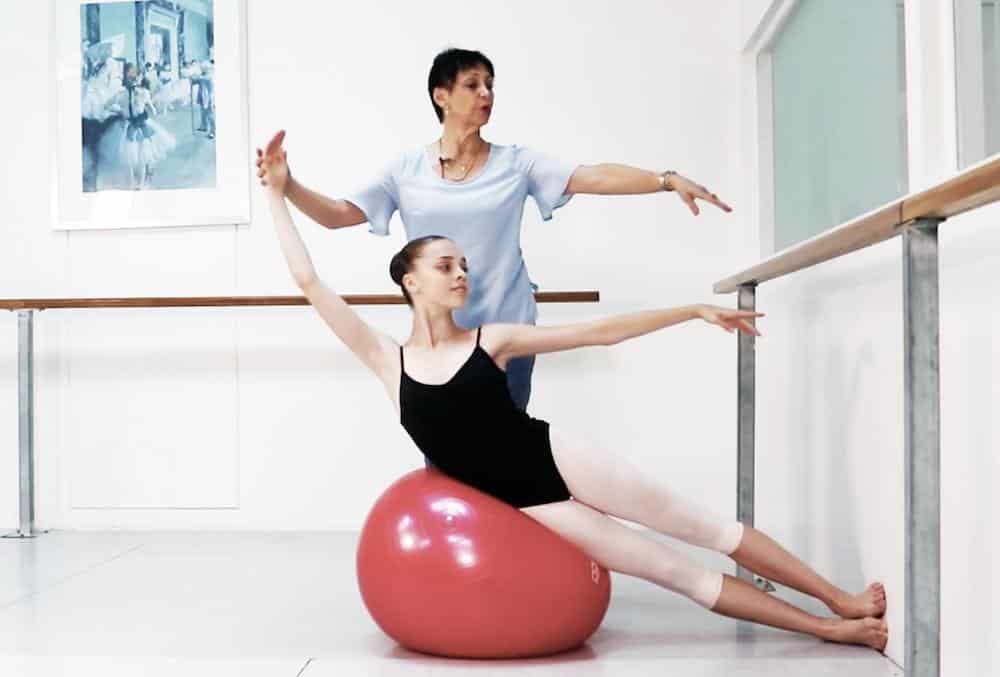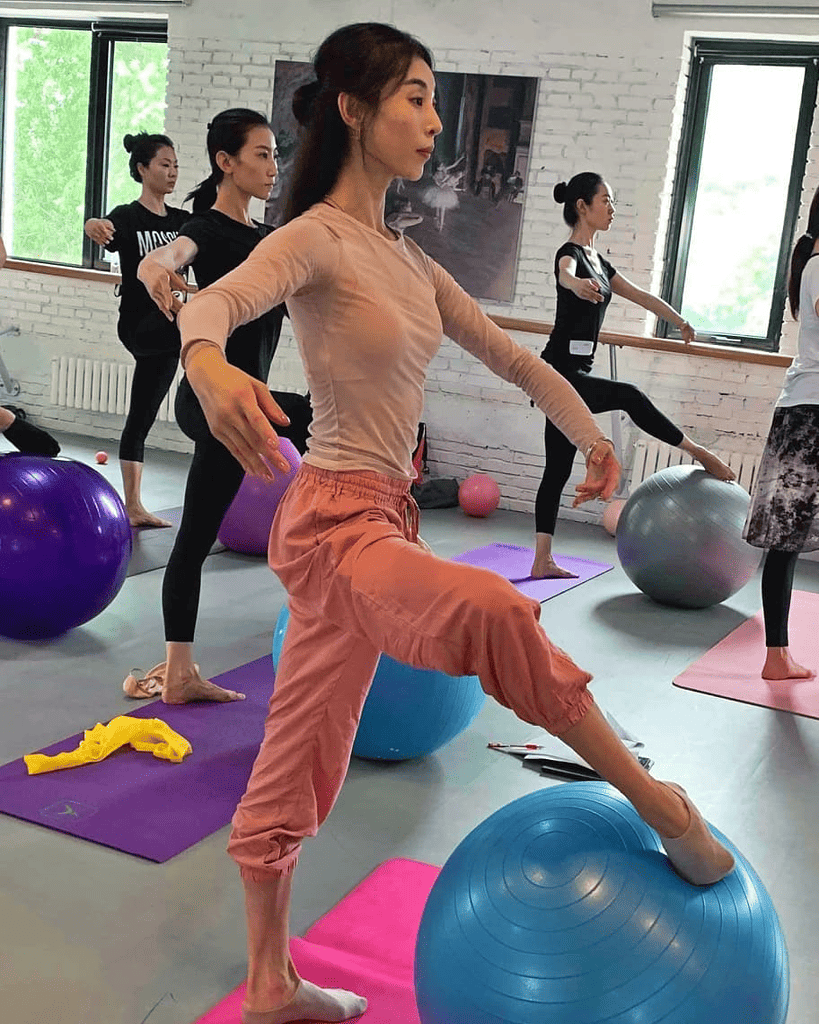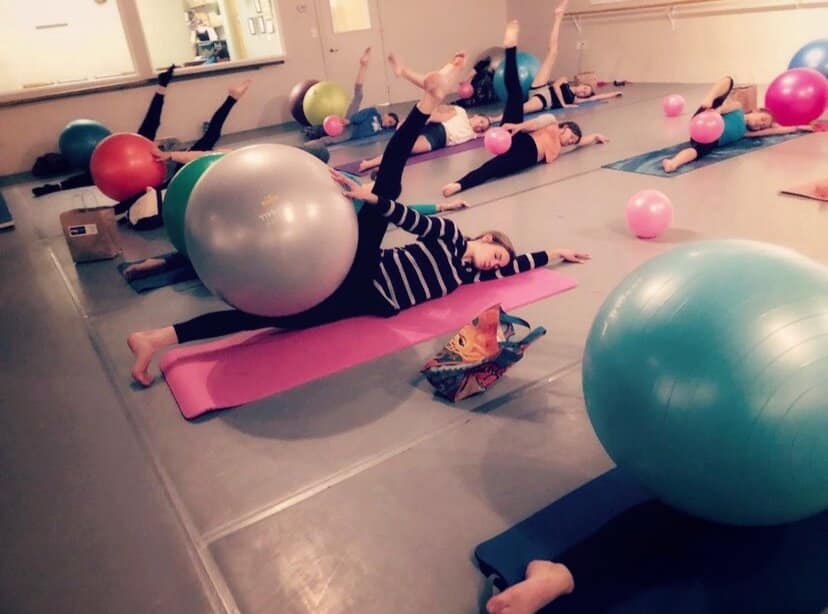Progressive Ballet Technique – The Best Guide (2024)

Progressive Ballet Technique (also known as PBT) helps dancers improve in all areas of dance, including technique, strength, and overall performance.
This is particularly important as the demands of the dance world continue to rise.
With long hours and the introduction of new choreographers, dancers are pushing their bodies to previously unimagined limits.
This underscores the critical importance of incorporating additional strength and conditioning programs like Progressive Ballet Technique.
In this blog post, I´ll outline the advantages of incorporating Progressive Ballet Technique, into your daily routine.
WHAT IS PROGRESSIVE BALLET TECHNIQUE (PBT)?
Progressive Ballet Technique is a training method to enhance ballet, focusing on strengthening core muscles and improving stability and balance.
OVERVIEW OF PROGRESSIVE BALLET TECHNIQUE
Before delving into it, let’s discover what PBT entails and how it can assist your needs as a dancer.
A SHORT HISTORY
Created by Australian ballet teacher, Marie Walton-Mahon, Progressive Ballet Technique aims at helping dancers reach their full potential, by developing muscle awareness, proper alignment, and strength.

CORE FEATURES
Progressive Ballet Technique primarily aims to empower dancers to reach their peak strength and proficiency. Its main objectives include enhancing:
An added bonus…
Progressive Ballet Technique provides diverse platforms such as online training, in-studio classes, DVDs, and downloads, ensuring accessibility regardless of location or schedule.
This flexibility means you can always bring PBT with you, even if you’re constantly on the move.
DIFFERENCES WITH TRADITIONAL BALLET TECHNIQUES
In contrast to conventional ballet methods centred on in-studio exercises and rehearsals, PBT incorporates additional equipment and exercises to improve muscle memory and enhance technical proficiency.
SPECIFIC EQUIPMENT
Progressive Ballet Technique incorporates the use of stability balls, resistance bands, and other Pilates based equipment to target muscle groups essential for ballet strength and technique.

It helps dancers become visually and spatially aware of their bodies, by learning to effectively isolate and engage their muscles with control and precision.
PBT FOR ALL AGES
One of the great things about Progressive Ballet Technique is its adaptability for dancers of all ages and skill levels, from beginners to professionals.
Dancers can benefit from this program, utilising the exercises as valuable tools for supplementary training, as well as for injury prevention and management purposes.
TOP THREE BENEFITS OF PBT
Progressive Ballet Technique offers numerous advantages for dancers, and here are the top three:
IMPROVED MUSCLE STRENGTH AND FLEXIBILITY
PBT promotes improved muscle strength and flexibility through targeted exercises and techniques, enabling dancers to execute movements with greater precision and control.
This methodology helps maintain the length and stretch in muscles, contributing to the development of long, lean and supple dancer bodies.
ENHANCED BODY AWARENESS AND POSTURE
PBT prioritises body awareness and correct posture, utilising Pilates equipment to help dancers develop a keen sense of posture and weight distribution.
Through this method, dancers can accurately engage each muscle group, creating a deeper connection and understanding of body alignment.

INJURY PREVENTION
PBT is an effective tool for injury prevention.
It focuses on strengthening core muscles, improving stability, and promoting correct alignment in a very controlled and gradual approach.
By developing these foundational elements alongside body awareness, dancers can minimise the likelihood of sustaining injuries during training and performances.
TOP THREE PBT SPECIFIC EXERCISES
Here are three beneficial PBT exercises that can help improve various muscles used in dance.
EXERCISE 1 – TURNOUT WITH STABILITY BALL
This exercise is an excellent way to target, strengthen and isolate the deep rotator muscles of the hips and legs.
Video credit: Yvonne Gray
EXERCISE 2 – ARABESQUE LIFTS WITH STABILITY BALL
This exercise is ideal for developing upper back strength and improving arabesque height while ensuring correct alignment.
Video credit: Yvonne Gray
EXERCISE 3 – INNER THIGH STRENGTH WITH OVERBALL
This exercise is excellent for improving inner thigh strength and flexibility whilst maintaining turnout and control.
Video credit: Yvonne Gray
PBT TESTIMONIAL
A ballet dancer requires considerable core strength as well as flexibility and extensive range of motion. Strength training in dance is important so that a body is able to withstand the demands of dance.
Progressive Ballet Technique is an important part of our curriculum at the Annette Roselli Dance Academy, that supplements classical ballet training, and assists enormously with all aspects of dance.
Strength and conditioning for dancers improves technique and performance and assists with developing coordination, stability, balance, and flexibility.
Written by Annette Roselli, Director and Teacher at Annette Roselli Dance Academy
PROGRESSIVE BALLET TECHNIQUE FAQs
HOW DOES PBT DIFFER FROM PILATES?
PBT incorporates ballet-specific movements structured to mimic ballet positions, focusing on aspects such as turn out, alignment, and balance relevant to ballet technique.
While sharing some similarities, PBT is uniquely designed for dancers, unlike Pilates, which caters to individuals of all backgrounds and fitness levels.
HOW WOULD YOU INCORPORATE PBT INTO THE TRAINING OF A BUSY PROFESSIONAL DANCER?
Consider incorporating a PBT workout as a warm-up before class or as a cool-down after a rehearsal. These sessions can be completed at your own pace and in your own time.
Additionally, if you’re recovering from an injury, PBT can be used as a substitute for classical ballet class, especially if you need to take things slowly or can’t weight bear.
WHAT DOES PBT DO FOR DANCERS THAT CLASSICAL BALLET DOES NOT?
PBT allows dancers to focus entirely on individual muscles or muscle groups, free from the pressures of a traditional dance class.
In this way, dancers can master the proper executive of ballet movements, which they can later apply to their regular classes.
WILL I SEE IMMEDIATE RESULTS WITH PBT?
The PBT program offers a vast amount and range of exercises to improve all areas of dance.
However, don’t anticipate immediate results without dedicating time, commitment, and hard work. There are no shortcuts to success!
WRAP UP
Progressive Ballet Technique stands as a valuable resource for dancers aiming to enhance their training and maximise their career potential.
With a diverse array of options and specialised workout sessions designed for dancers, PBT provides something beneficial for every dancer looking to succeed in their art form.






